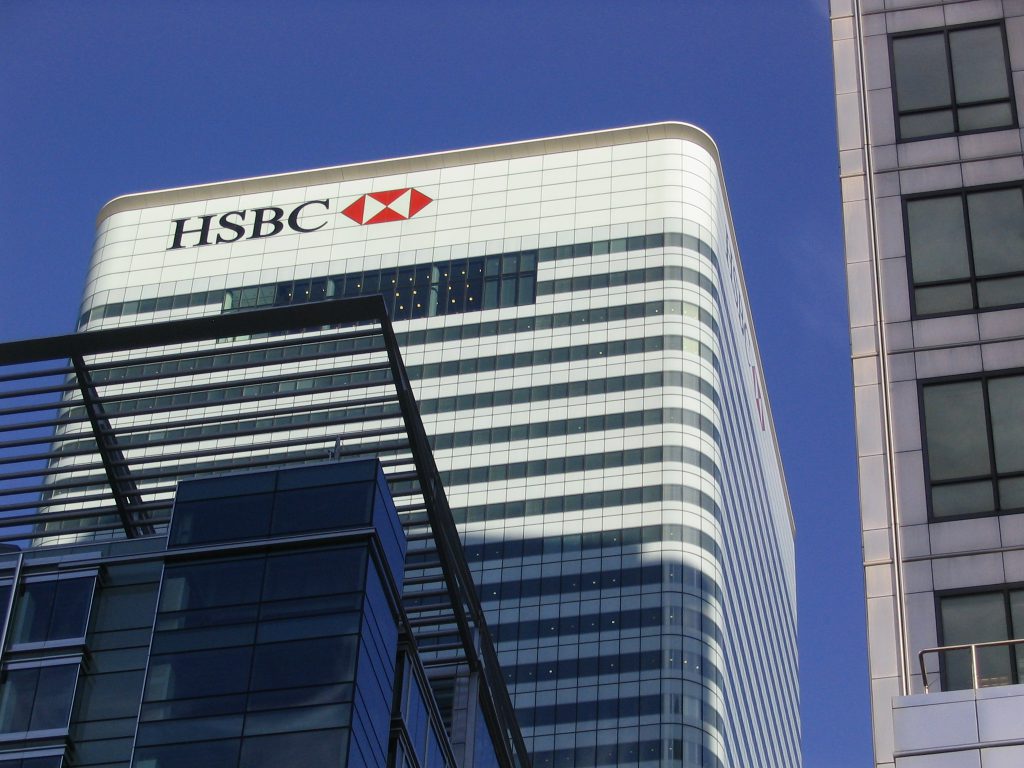
HSBC Holdings Plc suffered mark-to-market losses of about $200 million in a single day in March after gold prices in London and New York diverged dramatically, the bank said in a filing.
The losses by HSBC, one of the world’s biggest bullion trading banks, are theoretical, reflecting the value of positions it held. They do not necessarily mean it lost money.
Premium for gold futures on the Comex exchange went as high as $70 an ounce
HSBC said in the filing that the issue was mainly due to an “unprecedented widening of the gold exchange-for-physical basis, reflecting Covid-19-related challenges in gold refining and transportation, which affected HSBC’s gold leasing and financing business and other gold hedging activity”.
It declined to comment further.
The exchange-for-physical, or EFP, is the difference between the price of U.S. gold futures and spot gold in the London market.
Usually, the two trade within a few dollars of one another, but coronavirus containment measures in March closed several precious metals refineries and grounded many planes, creating fears that it would be impossible to move gold to New York to meet contract obligations.
This pushed the premium for gold futures on CME Group’s Comex exchange to as much as $70 an ounce – or 4% – higher than London spot gold on March 24.
That gap has since narrowed sharply as refineries have reopened.
HSBC said in the filing that reductions in foreign exchange and equities volatility and a tightening of credit spreads had also contributed to the $200 million mark-to-market loss.
(By Eileen Soreng and Peter Hobson; Editing by Kevin Liffey)
Comments
Sj
I guess it’s time we stopped trading gold derivatives that mean that there are hundreds of fake paper ounces for every one real physical ounce.